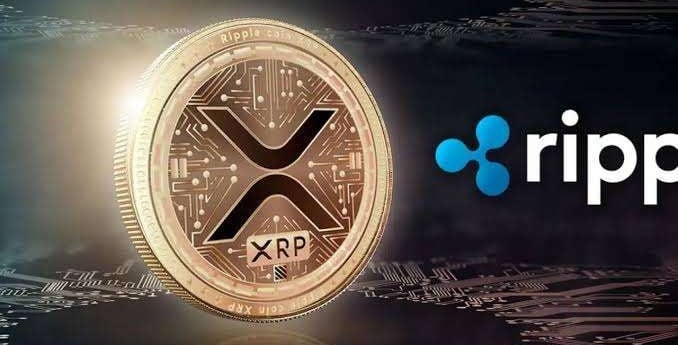XRP, the currency of the future?
INVESTASI


Among the many crypto coin projects, XRP stands out as one of the most interesting to explore. But how promising is XRP for the future?
XRP is a cryptocurrency developed by Ripple Labs. Its main goal is to facilitate international money transfers in a faster and cheaper way compared to traditional banking systems. Unlike cryptocurrencies that focus on privacy or decentralization like Bitcoin or Ethereum, XRP is centered around efficient and scalable financial solutions.
What is XRP and How Does It Work?
XRP functions as a digital asset used within RippleNet—a payment network built by Ripple to enable cross-border transactions. Unlike Bitcoin, which uses a proof-of-work (PoW) system, or Ethereum, which is transitioning to proof-of-stake (PoS), Ripple uses a consensus protocol that allows transactions to be processed very quickly and efficiently.
Speed: XRP transactions are processed in about 4–5 seconds, much faster than Bitcoin or Ethereum.
Transaction Costs: XRP’s transaction fees are extremely low, even cheaper than traditional international payment systems like SWIFT.
Scalability: XRP can handle up to 1,500 transactions per second—more than many other cryptocurrencies.
What Are the Goals and Projects of XRP?
Ripple, the company behind XRP, aims to replace or improve the traditional global payment systems, particularly in the area of cross-border transactions, which often take a long time and involve high fees. Ripple collaborates with various banks and large financial institutions to offer blockchain-based solutions that enable instant and transparent money transfers.
RippleNet is the network that uses XRP to facilitate these transactions, although not all transactions on RippleNet require XRP. However, XRP is often used in scenarios that demand quick liquidity, reducing both the time and cost of international transfers.
Strengths and Challenges of XRP
Strengths:
High Speed: Transactions are almost instant compared to the minutes or even hours required for traditional international transfers.
Low Cost: Transaction fees are extremely small, making it ideal for both small and large payments.
Major Partnerships: Ripple has already formed partnerships with many leading banks and financial institutions around the world.
Challenges:
Regulation: One of the biggest challenges facing XRP is regulatory scrutiny, especially in the United States. Ripple Labs is involved in an ongoing lawsuit with the SEC, which alleges that XRP is a security—a claim that could affect its usage and price.
Centralization: While Ripple uses blockchain technology, some critics argue that it is too centralized, as control largely remains in the hands of Ripple Labs and its associated parties.
In conclusion, XRP is more of a tool focused on payment and international money transfer solutions rather than just a “token” for investment or speculation.
